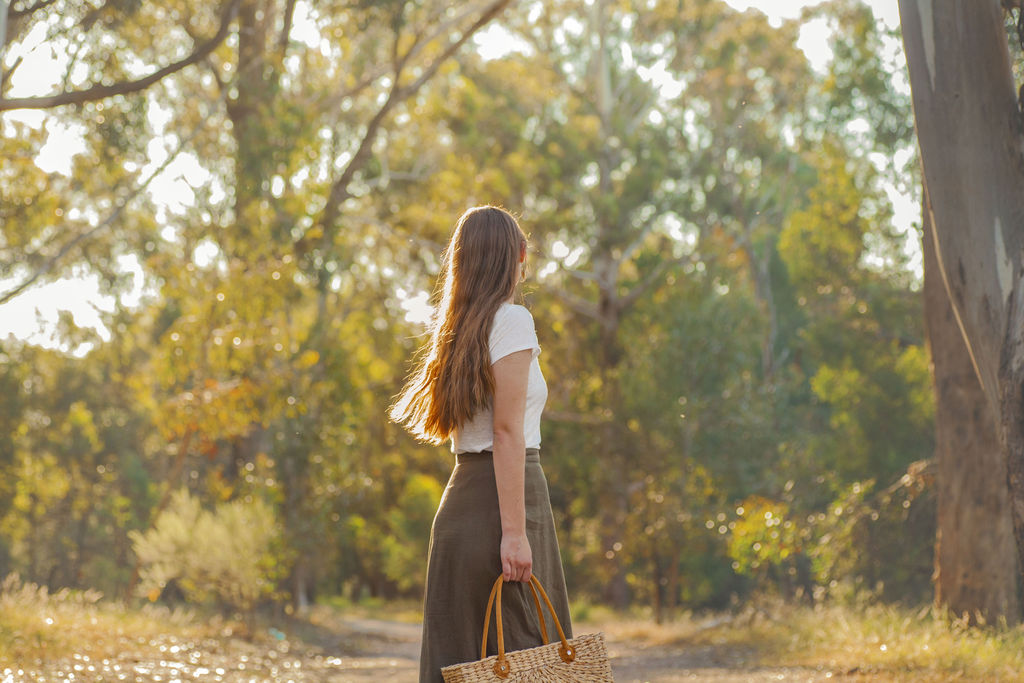Why you should be an outfit repeater
If you’re reading this, then you’re probably no stranger to the dim reality of the fashion industry when it comes to waste. In basic terms, we have too many clothes, we buy too many clothes, and we dispose of too many clothes irresponsibly.
Here are the facts.
Australians alone send over 500,000 tonnes of leather and textiles to landfill every year.
That’s about 23kgs per capita, but we buy about 27kgs per capita.
Yet in 2017, 21% of Australians estimated having over 100 garments in their wardrobes.
But in the same year, 24% of Australians threw away a garment after just one wear.
You get the picture.
But fashion isn’t just an expensive waste of resources, it’s also an unsustainable one. Making just 1kg of fabric generates 23kgs of greenhouse gases, and this is a major factor in accelerating global warming. Not to mention the impact of pesticides on cotton farms and farmers, toxic dyes and chemicals going into fabrics and waterways, plastic packaging and transport emissions. I could go on.
It’s a lot to think about. And it can be overwhelming to transition your wardrobe to be more sustainable, but the first step is easy; be an outfit repeater.

It might sound simple. Too simple. But it’s the best way you can advocate for sustainable fashion without spending a cent – in fact you’ll save money. Did you know that the average Australian spent $2288 on clothes just in 2014? Crazy right? Your future self will thank you for putting that money into savings instead.
By repeating your outfits and wearing the clothes you already own, you’re championing sustainability in more ways than one. By holding onto your garments for an extra nine months, you can reduce its environmental impact by up to 30%. You reduce your demand for resources and labour, you save your clothes from landfill, you become more creative with what you have, and speaking from experience, you start to attribute sentimental value to your clothes as you continue to make memories in them.
In 2020 I set myself a no-buy challenge, so I became an avid outfit repeater by default. The unexpected benefit of this challenge was getting to know my own style. By focussing on what I had, I observed the colours, shapes and styles I wore most. I also recognised which items had been impulse buys – because they stood out like a sore thumb and didn’t go with anything else. Ultimately, these impulse purchases were the ones that lay dormant in my wardrobe all year. This knowledge now helps me make informed decisions about future purchases. I’m better acquainted with what I have, so I can make smarter choices about what I add to my wardrobe.
So, as you can see, there are benefits to outfit repeating beyond the impact on the environment and your wallet. Maybe 2021 can be the year you become an outfit repeater.
